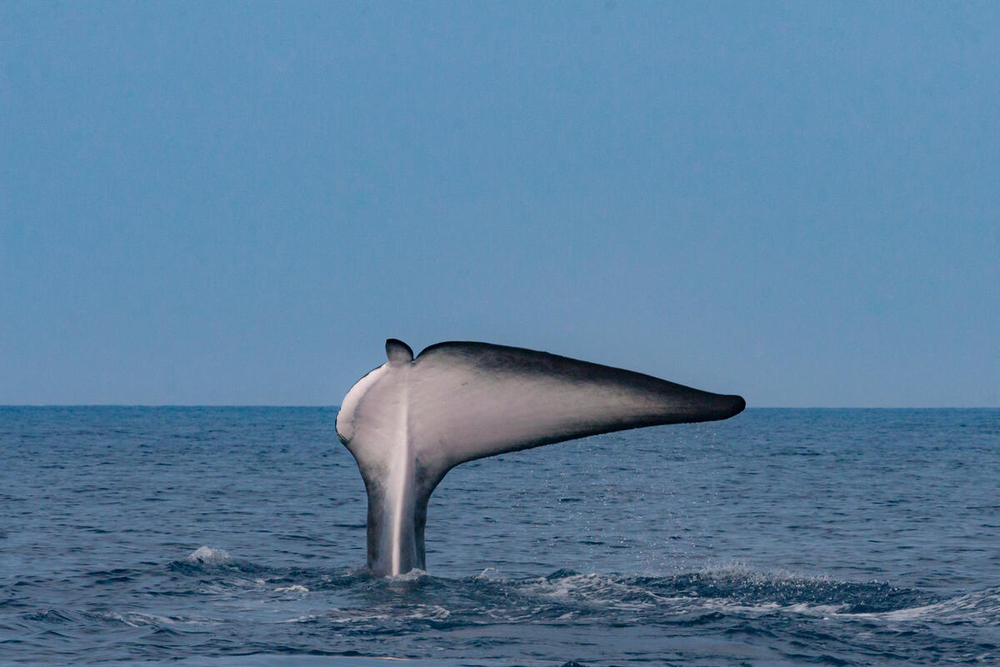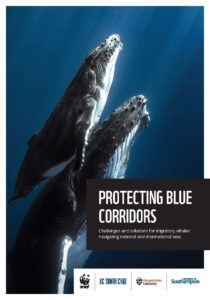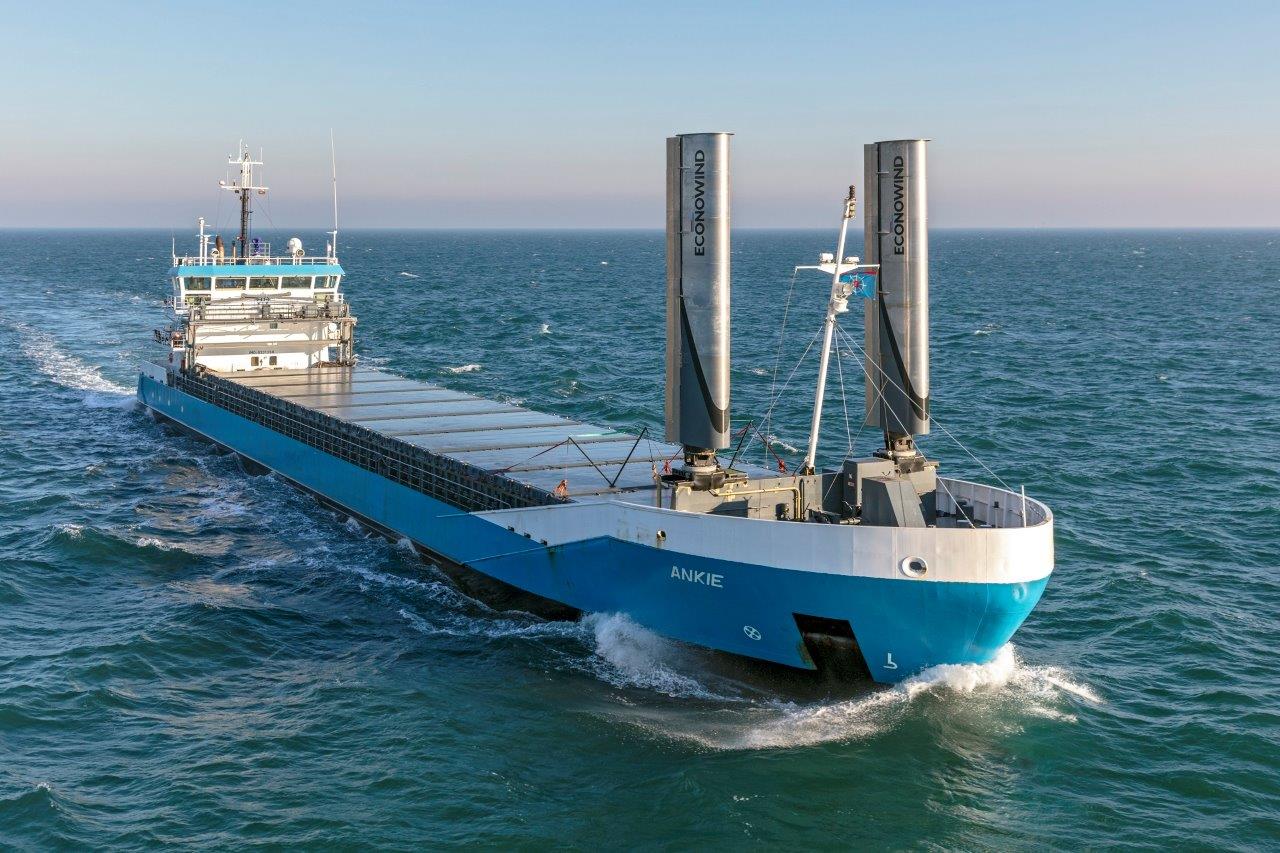World Wildlife Fund and partners publish first comprehensive map of cetacean migration and movement in bid to reduce negative impact of human activity
Scientists believe that about 300,000 dolphins, porpoises and whales are killed every as a result of being caught in nets, ship strikes and as a result of other human related activity on the oceans. A new global report on how they migrate hopes to help reduce that number.
300,000 deaths is a startling number especially considering that many of the 90 or so cetacean species are considered threatened due to already low numbers. The World Wildlife Fund is hoping a new “Blue Corridors” map and report showing whale migrations could do something to help alleviate this human made stress on marine mammals.
The new WWF report includes some of the most comprehensive details of cetacean movements, collected from 845 tags, satellite tracking of animals, as well as peer reviews and in some areas such as around the Arctic, indigenous knowledge.
“Cumulative impacts from human activities – including industrial fishing, ship strikes, chemical, plastic and noise pollution, habitat loss, and climate change – are creating a hazardous and sometimes fatal obstacle course,” said Chris Johnson, Global Lead for whale and dolphin conservation at WWF in a press release about the launch. “The deadliest by far is entanglement in fishing gear – killing an estimated 300,000 whales, dolphins, and porpoises each year. What’s worse, this is happening from the Arctic to the Antarctic.”

The International Union for Conservation of Nature has classified six of 13 great whale species as endangered or vulnerable, including the North Atlantic Wright Whale, of which there are only 336 individuals believed to be alive.
In an interesting point from WWF, the value of a whale could be as much as $2m.
“Growing evidence shows the critical role whales play maintaining ocean health and
our global climate – with one whale capturing the same amount of carbon as thousands of trees. The International Monetary Fund estimates the value of a single great whale at more than US$2 million, which totals more than US$1 trillion for the current global population of great whales.” That estimate comes from an IMF report issued in 2019
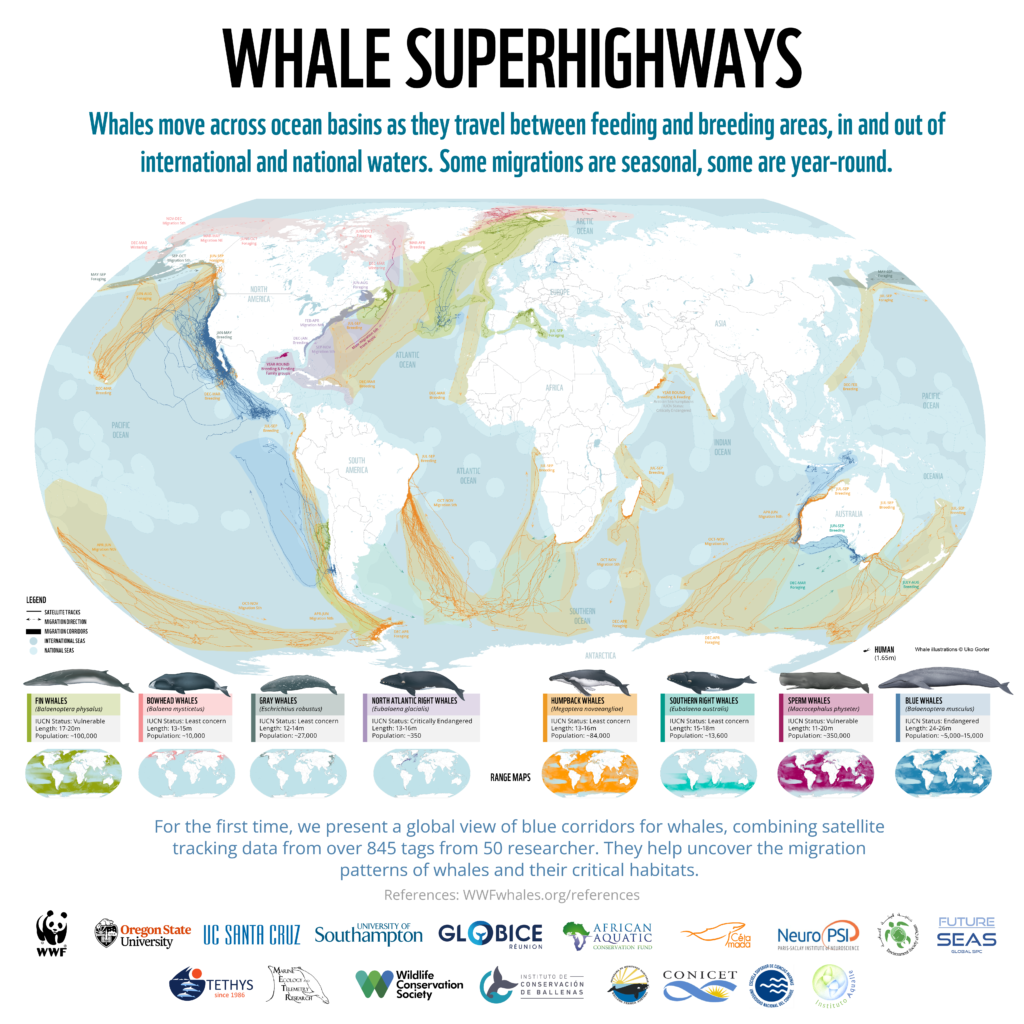
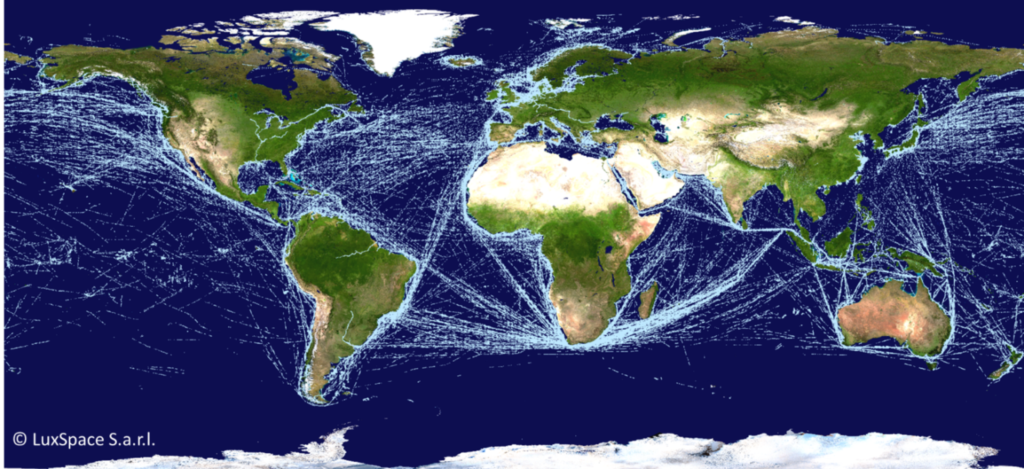
The WWF and the authors behind the data that led to the build up of the corridors hope to use this information to get increased action to protect whales from the “underwater assault” they are under.























